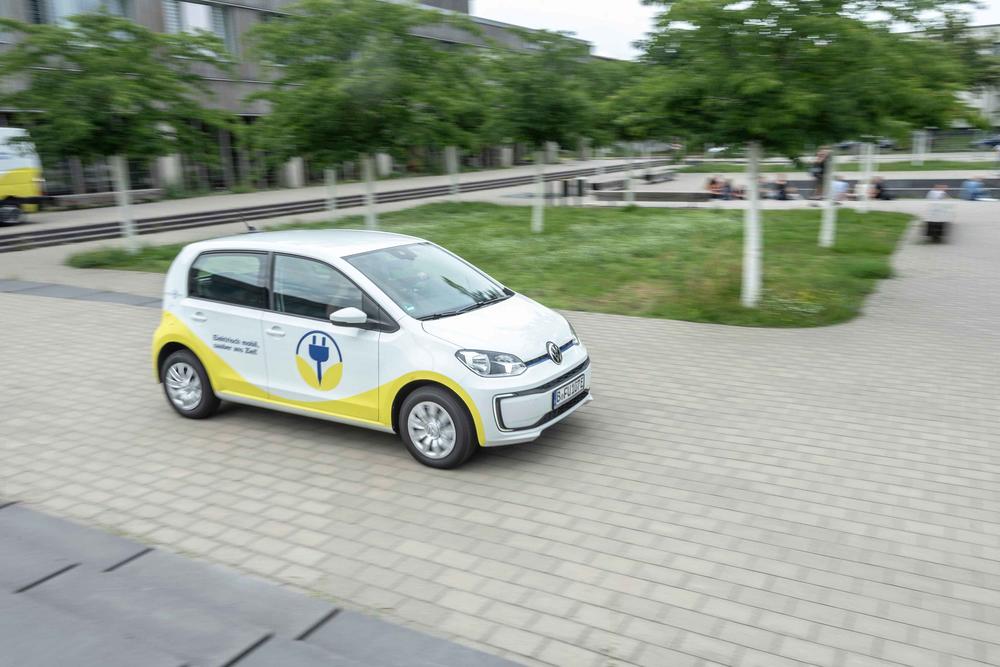A Battery Worth Its Salt
Dr. Günther Thiele is working on an energy storage device that does not use rare-earth elements
Mar 07, 2024
Freie Universität Berlin is driving the energy transition forward by endorsing electromobility.
Image Credit: Bernd Wannenmacher
Lithium is the unsung hero of the energy transition. This alkali metal can be found in the batteries that power electric cars and store electricity from renewable energy sources. But lithium is a finite resource – and it is only extracted from a handful of locations across the world. “Millions of liters of water are consumed in these processes, and they are harmful to human health and the natural environment,” says Günther Thiele, supervisor of the inorganic chemistry research group at Freie Universität Berlin. Lithium batteries also tend to contain cobalt and nickel. The mining of these raw materials is associated with a myriad of complications, not least because of the unstable social and political situations in many of the countries in which these conflict resources are found. But Thiele has a solution up his sleeve thanks to sodium, an element that is easy to extract from sea salt. Sodium-ion batteries demonstrate greater resistance to temperature fluctuations, are highly durable, and are easy to recycle. However, they do also present some disadvantages; namely they are heavier and have a lower energy density than lithium-ion batteries.
An Electrifying Concept
Thiele is hoping to develop a battery that is totally free from rare-earth elements. This would involve a reaction between a liquid sodium anode and a liquid sulfur cathode. “Aside from sodium we just need sulfur and a little bit of iron to make our concept a reality. Both of these are very common and easy to acquire.” These batteries could be the perfect solution for stationary energy storage devices that store wind and solar energy. Thiele has already registered a patent for the idea with the help of the Legal Counsel in Research and Transfer team at Freie Universität Berlin.
Sodium-sulfur batteries were originally developed in the mid-sixties and even current state-of-the-art models still require an operating temperature between 270 and 350 degrees Celsius. Inadvertent contact with air or water can also produce violent reactions, but Thiele’s research group has developed a separating material that enables the ion flow at lower operating temperatures.
“As soon as we achieve a chemical reaction that produces good figures we would like to work with engineers to construct a suitable battery case and search for the right industrial partners,” says Thiele.
He adds that if he is unable to find partners for this innovation, he would be open to establishing a start-up together with his team.
The original German version of this article appeared in the Tagesspiegel newspaper supplement published by Freie Universität Berlin.

